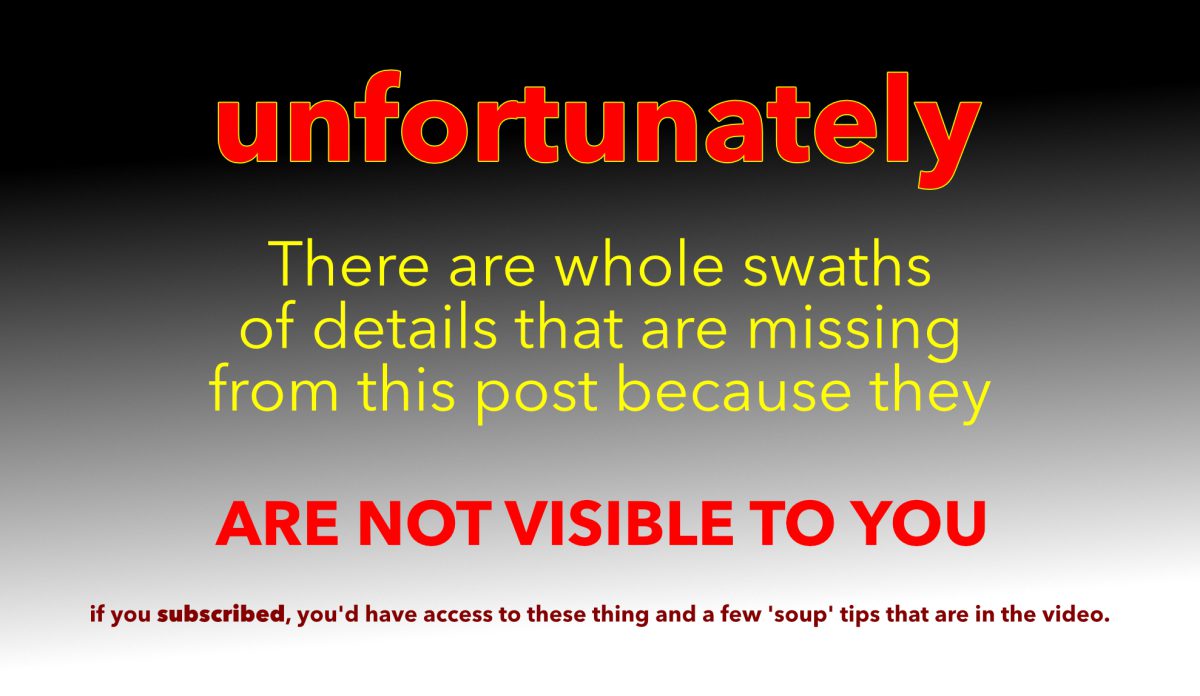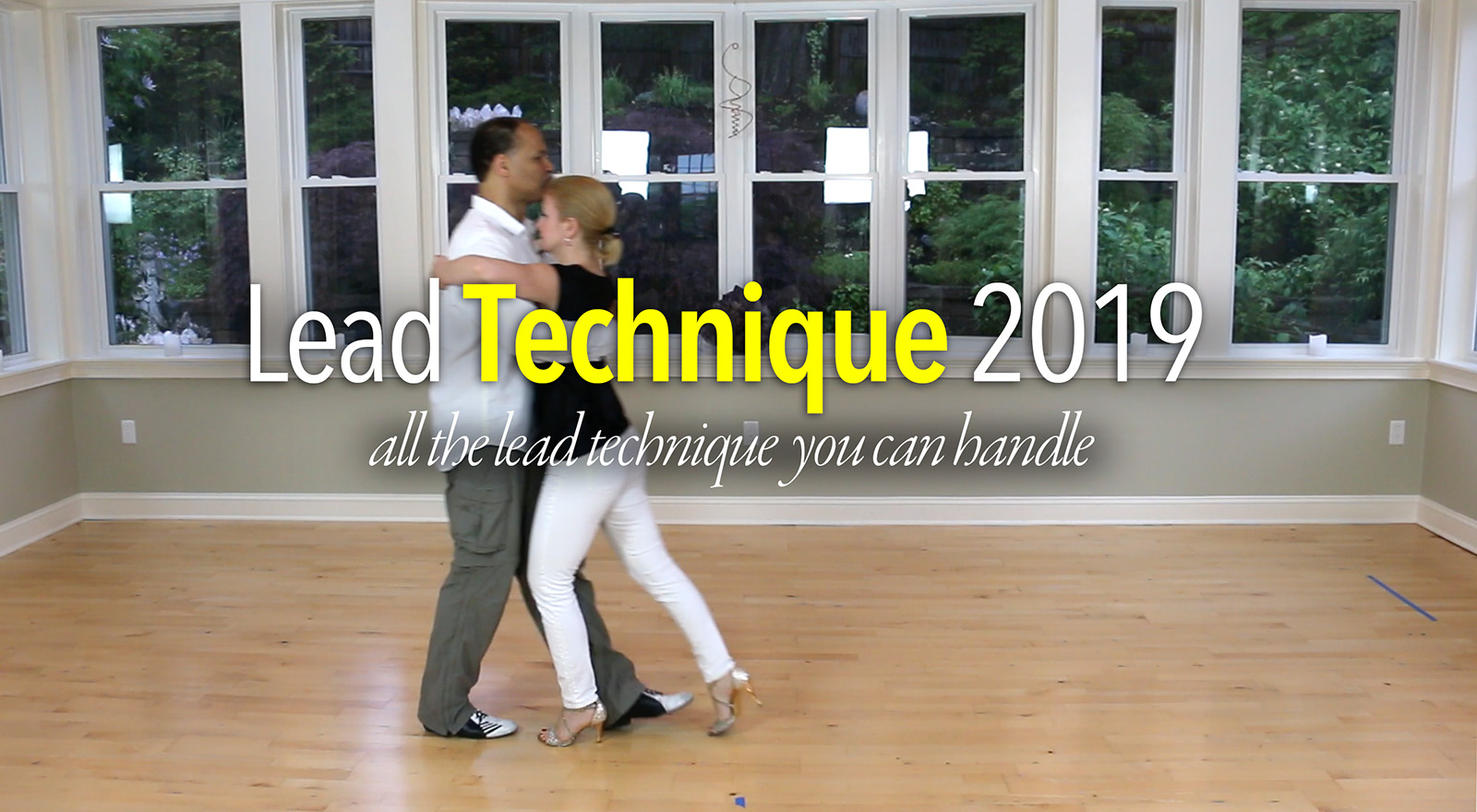Leading. Often the first thing we see when looking at Argentine Tango is the Tango Lead. It’s that sharp, clear, clean visual that strikes us almost immediately. We see the the visual of someone leading, and it’s this confusion, appreciation, amusement, bewilderment and just down right awe (in some cases) of a ‘wow’. Next the thing that we pay attention to is what they’re doing, not how they’re doing it, but what specifically they’re doing. You’re waiting, with anticipation, for that next cool, flashy move that screams – ‘Good Lead’. And the last thing that you start to become aware of is the musical expression, meaning how they’re placing the what they’re doing in time to the music, not necessarily how specifically it relates (that’s called interpreting the music by the way) to the music but really the execution in time to the music.
Truthfully depending on where we are in/at in the spectrum of leading (the activity), then this explanation of the dynamic of leading can be an eye opening experience on multiple levels for a variety of reasons (again, depending on where you are on the spectrum). At the same time, that experience is what usually shapes us, defines us, and ultimately it will inspire us to want to study toward being like that which we see…to emulate it. 🙂 Or it may turn us off entirely for a variety of reasons, perhaps because it looks too complex, too difficult, or it’s too much, or not ‘us’ at all. Again, this all depends on where you are on the spectrum of leading. If you’re just starting out then literally everything you see everyone else is doing is nothing short of magical. The further you go towards the ‘advanced’ dancer and closer towards the teacher class dancer (those who could teach but don’t) realm the less magical things are and the more technical things become, and the more you want to figure out why X, Y, and Z happens. That’s exactly where this topic comes into play.
This topic assumes that you’ve gotten beyond the “Wow!!! That’s Amazing!!” phase and have just started to get down to the actual business of leading. And to be clear, this topic also assumes that you’ve gotten beyond the rudimentary foundation of walking, embrace, turning, crossing, and leading ochos, and are looking for a change towards something that looks a bit more elegant than the random, haphazard thing you have witnessed at your local milongas that’s loosely called ‘dancing‘.
Perhaps you’ve started to pay attention to how someone is doing X, Y, and Z, and found it to be lacking or amazing and wondered….’how do they do that ?’. Or more than likely you have caught a glimpse of yourself in the mirror as you turn a corner and are either impressed with what you see and want more, or generally you try to avert your eyes as you pass by a mirror or someone’s facebook picture of you. You generally try to avoid it because you know it’s just going to be awful to look at. The mere thought of you leading, or watching yourself lead, is an exercise in excruciating visual pain. You know where all the problems are at, you know what you have forgotten in the multiple private lessons that you’ve taken, you know that you should be practicing this stuff on a daily if not weekly basis but you don’t. You know all of this stuff…you’ve just forgotten it, and there it is in the mirror, staring back at you, unapologetic, and very truthful that you could do better than you are right now.
If all of that is true, then this topic of Leading Technique is all for you.
What is ‘Leading Technique’ ? First let’s get a few words out of the way. L/lead, L/led, L/leading, Lead/er. 1.) A ‘Lead’ (note the capitalization) is the person who is performing the action of initiating choices in the dance that we know as Argentine Tango. In this state, it is not a given that the person initiating choices is initiating those choices through Intention Based Dancing. More on this later. 2.) A ‘lead’ is the activity or action of the role of the Lead. In this state, this activity employs the usage of ‘Intention Based Dancing’ at every point along the course of an active dancing experience. 3.) The action of someone who is doing the activity of the role of the ‘Lead’ is someone who has ‘L/led’ or is ‘L/leading’. And last but not least, ‘Lead/er’, this is not what you think it is. It’s a person who quite decidedly uses their arms, forearms, biceps, fingers, and hands which employes layers or levels of pressure and/or compression (squeezing) their Followers to physiologically force, and/or indicate and then to direct their Followers to do X, Y, and Z. The Follower in this instance is told verbally (most often) to create ‘Resistance‘ so that the Lead/er can “feel” the Follower. This is known as Resistance Based Dancing that reinforces La Marca as the way to indicate choices and then to respond to those choices. The reason for the capitalization trickery and chicanery is to create some clarity and specificity with the language that is used to describe these things.
For the purposes of this article we will be using L/lead, L/led, L/leading to talk about Leading Technique.
Leading Technique is about how a Lead walks, how they land their feet, how they engage their posture, and how they engage their embrace to a.) Invite. b.) Cajole. c.) Suggest. d.) Propose. And then finally e.) Initiate and Follow through to the execution of some piece of intended vocabulary. But all of that stuff has to first start with a clean and clear base. And that’s what this entire video series is about. It takes the foundation material that is generic for both roles, and then applies it for the role of the Lead and what has to happen to those physiological movements in order to “lead” with Leading Technique.
This is Leading Technique.
Free Advice – Change. (Change isn’t going to happen by itself. It requires a few thing. First, a willingness to make these kinds of changes. Secondly, a good, reliable source for this kind of information. And thirdly demonstratable, repeatable information that you can play with, over and over again.
Is Leading Technique easy work? No! Although to listen to some people spouting their idea of what the Lead can and should do, you’d think you can master this stuff in an afternoon. Ummm in a word, “NOT!”. Is Leading Technique, as a whole, something you can learn in a 6-week cycle? Possibly, depending on the teacher. But really Leading Technique takes more than a few sessions to work out the bugs (as it were). First and foremost it’s about Body awareness. Your own, not the Followers. The ability to hear/feel your body in every detail and nuance. Being able to tell when something isn’t right or it is! Secondly, it’s about balance and stability, again…your own. Not the Follower! And lastly Leading Technique is about hyper-awareness, using your nervous system, to accurately gauge where the Follower is in space and time in relation to the Lead.

About The Video. This video is 9 separate videos for a total run time of 101 minutes!
Video 1 – Overview & Exercise – 00:23:21
Video 2 – Opposition – 00:17:37
Video 3 – Lead Extensions – 00:04:08
Video 4 – Lead Foot Placement – 00:05:50
Video 5 – Lead Entry Paths – Part A – 00:03:00
Video 6 – Lead Entry Paths – Part B – 00:02:02
Video 7 – Lead Embraces Foundation – 00:14:54
Video 8 – Lead Embraces – Repositioning – 00:17:43
Video 9 – Enrosque Foundation – 00:12:20
The Ultimate Arbiter. The last word on this subject is not your teacher, it’s not this website, nor is it you. There’s really only one arbiter of good taste in this case, and it’s the Follower. If the class of follower that you’re used to dancing with approves of what you’re doing, you’re on to something. Truthfully they are the final word on whether or not you’re doing good things or less than desirable things. That assumes that a.) You have the fortitude to ask (at a practica) about how you look and feel to them. b.) That their response is honest. (Frequently they’re not for the reasons already stated above) and c.) There’s some kind of meaningful feedback that you can pull from the most basic of frequent replies “That was nice”. Which is the extent of what you’ll get most of the time, unless you ask a series of leading questions of what in specific was ‘nice’ about it.
You know you’re on to something when other people that you don’t dance with acknowledge the change in you and start to compliment you on the difference in you.

